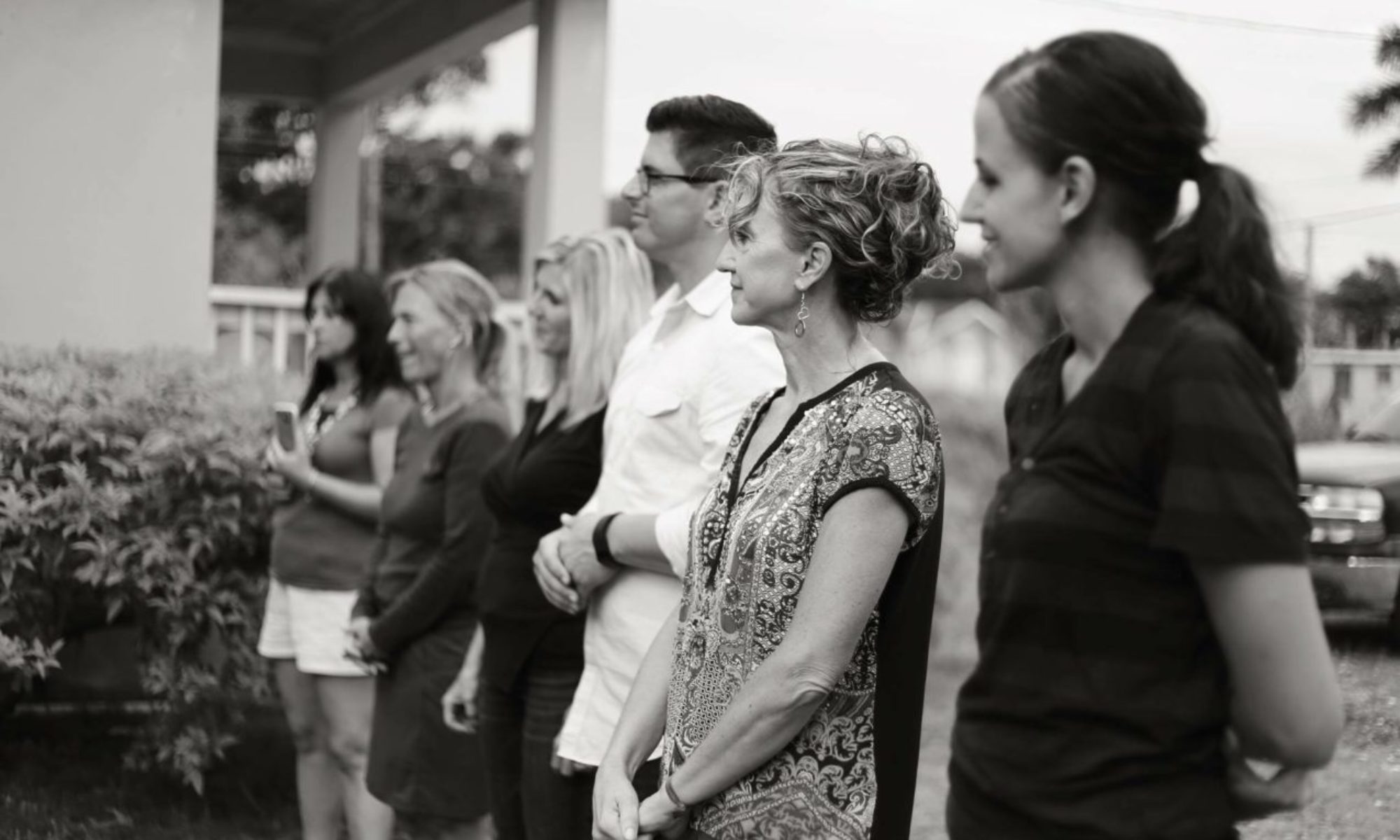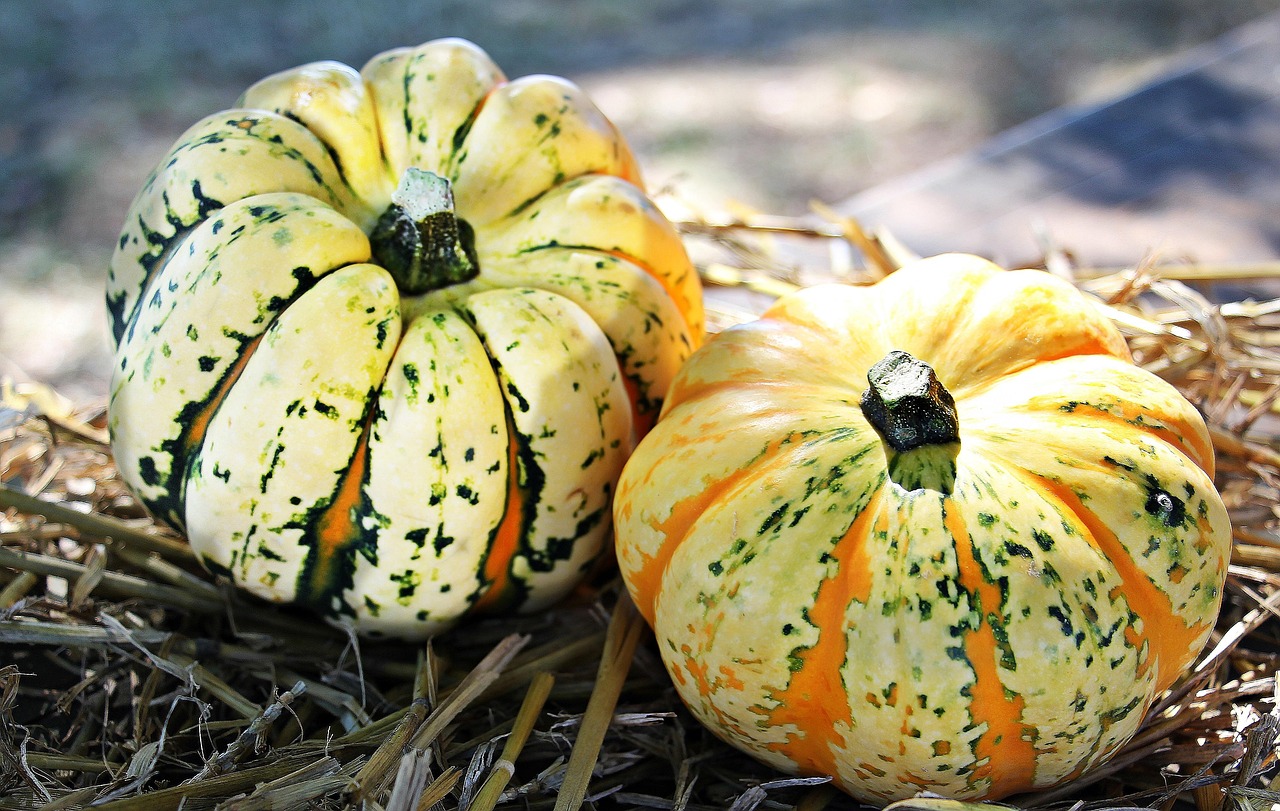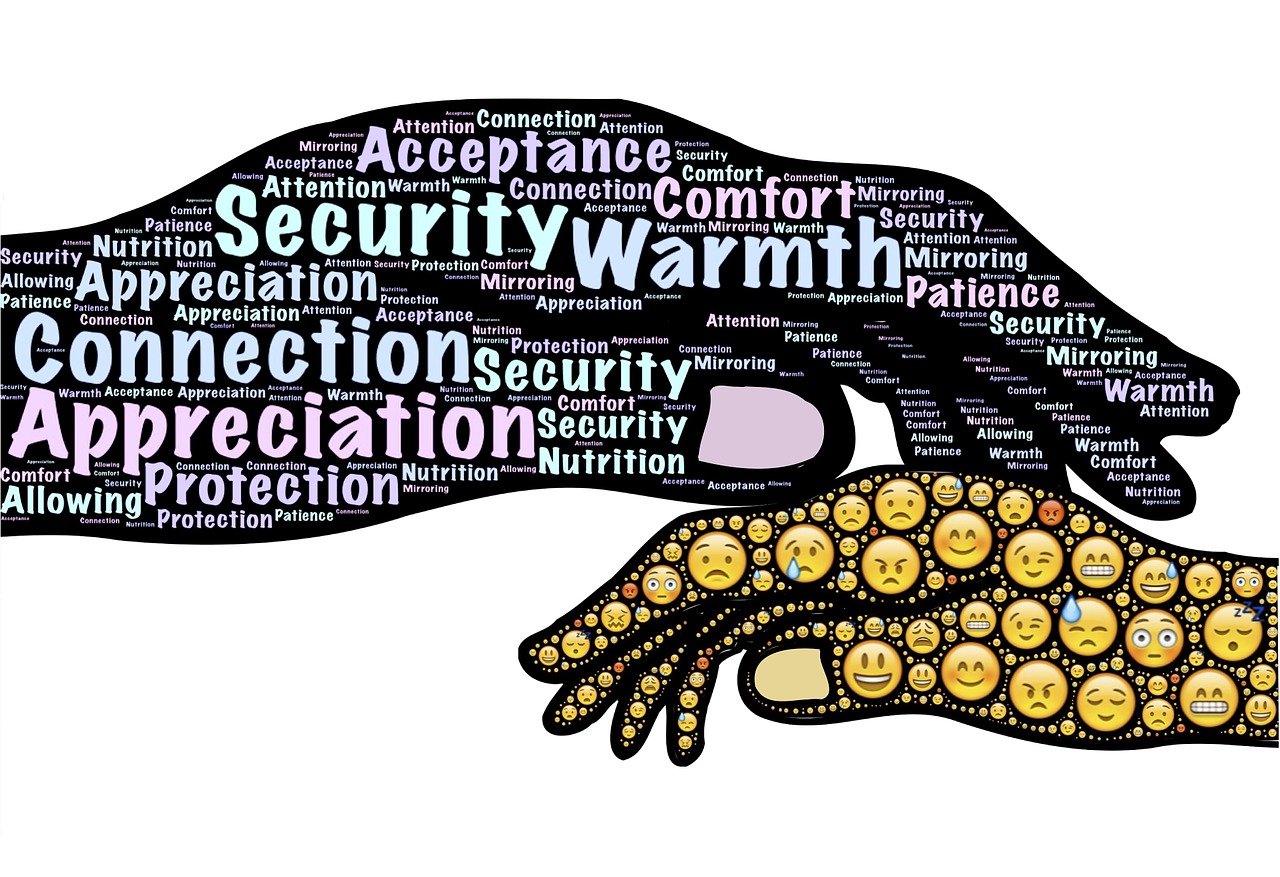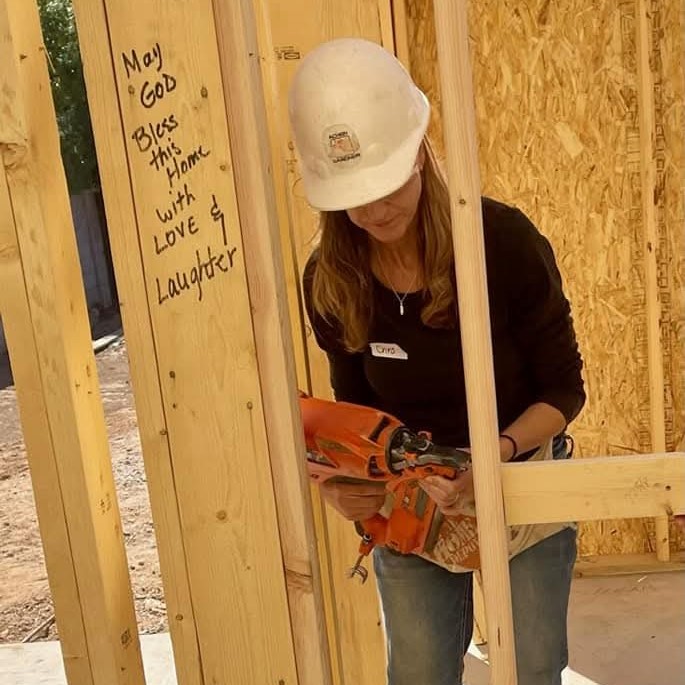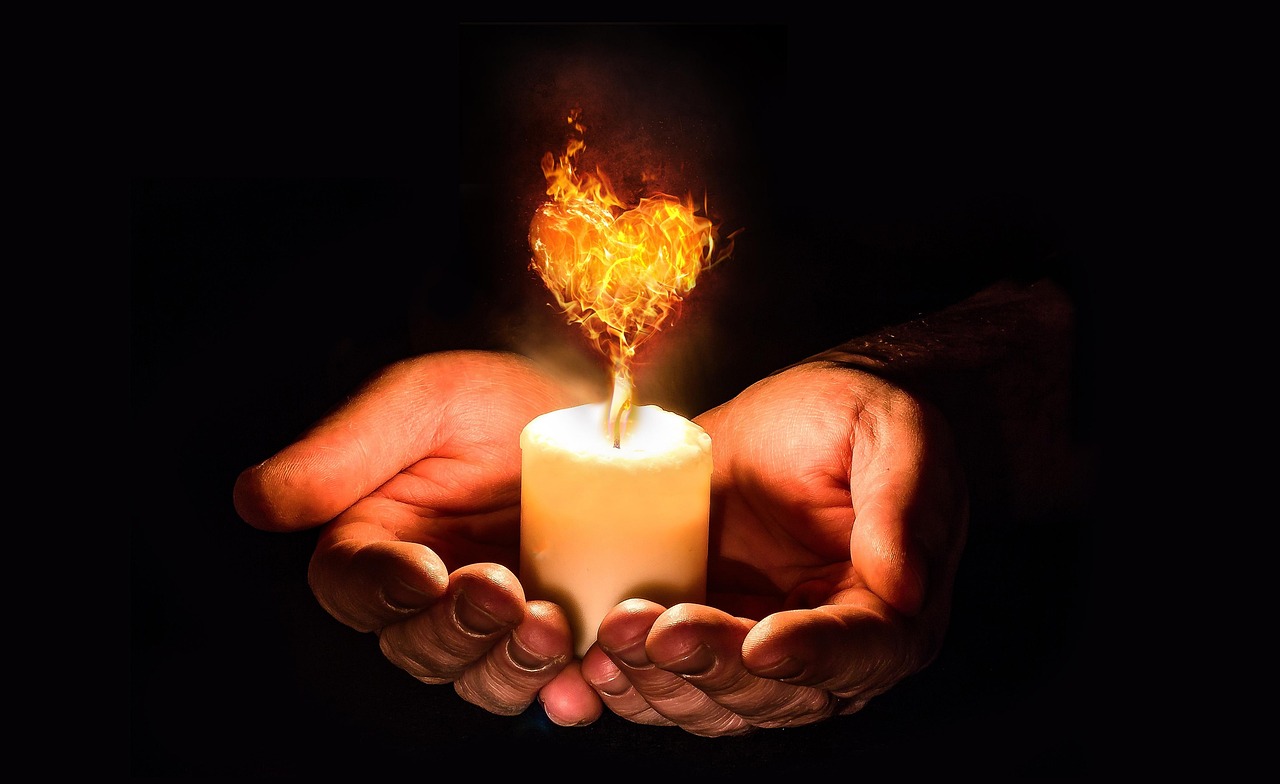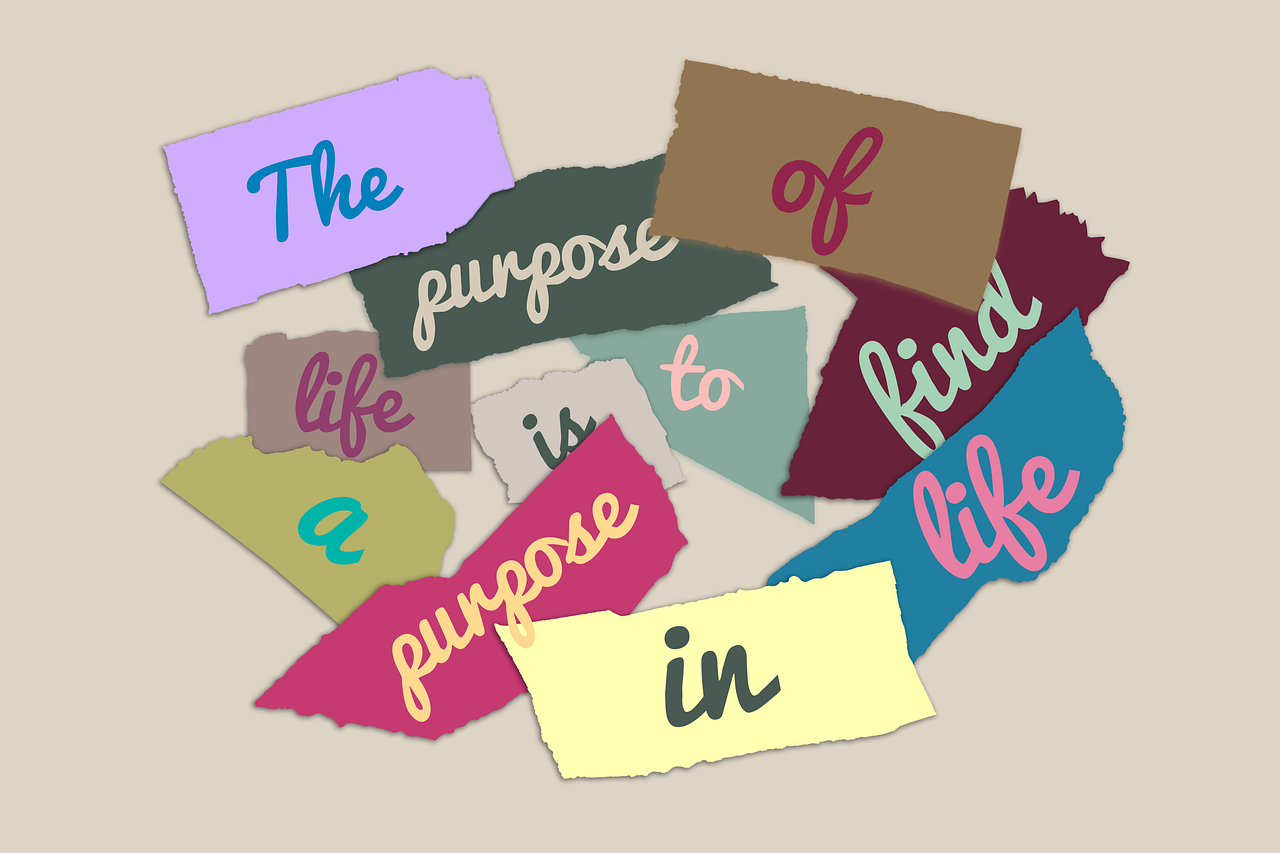Thanksgiving is one of the most enduring and meaningful American holidays, rooted in gratitude, community, and reflection. Its history stretches back more than four centuries, and while the traditions have evolved, the core purpose remains the same: to pause and appreciate the blessings—big and small—that shape our lives.
The origins of Thanksgiving can be traced to 1621 in Plymouth, where Pilgrims and Wampanoag Native Americans shared an autumn harvest feast. This event is often regarded as the “First Thanksgiving,” though similar harvest celebrations had long been observed by Indigenous peoples across North America. For the Pilgrims, the feast symbolized survival and cooperation during a harsh first year in the New World. For the Wampanoag, it reflected long-standing practices of giving thanks for nature’s abundance. Although the relationship between settlers and Native peoples would later become strained and violent, the 1621 gathering remains a symbol—imperfect but meaningful—of unity and shared humanity.
Thanksgiving did not become a national holiday immediately. For many years, individual colonies and later states observed their own days of thanks. It wasn’t until 1863, during the Civil War, that President Abraham Lincoln declared the last Thursday of November a national day of Thanksgiving. His intention was to bring hope and unity to a divided nation. Nearly a century later, in 1941, Congress officially established Thanksgiving as a federal holiday, fixed on the fourth Thursday of November.
Beyond its historical roots, Thanksgiving holds a special place in modern American culture. It serves as a rare moment when people intentionally slow down and reconnect—with family, friends, and themselves. In a society that often prioritizes constant motion and productivity, Thanksgiving offers permission to pause, reflect, and appreciate what truly matters.
The act of gathering around a table—whether filled with traditional dishes like turkey and pumpkin pie, or foods that reflect one’s cultural heritage—is powerful. Food becomes a bridge between generations, a way to honor loved ones, and a reminder that gratitude is not just felt but shared.
Thanksgiving also encourages acts of generosity. Many people volunteer at food banks, donate to charities, or invite others who might otherwise spend the day alone. These expressions of kindness highlight the holiday’s deeper message: gratitude grows when it is given away.
Ultimately, Thanksgiving endures because it speaks to a universal human need—to feel thankful, connected, and grounded. Its traditions may vary from one household to another, but the heart of the holiday remains the same: a moment set aside to celebrate abundance, remember history, and cherish the people and experiences that enrich our lives.
